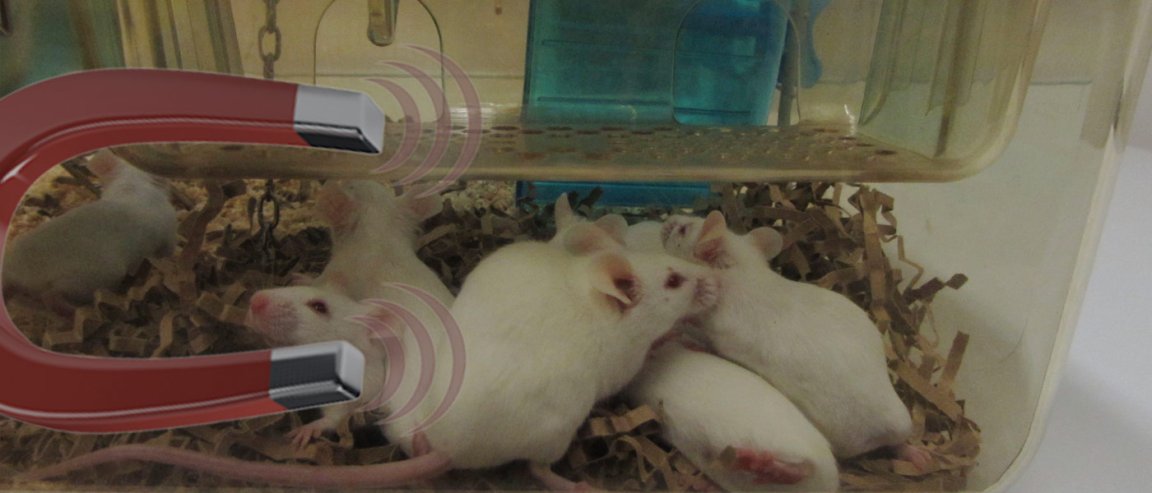
Magnetic Mind Control
Scientists have been able to show that rodents’ brains respond to magnetic fields…which means that specific brain circuits can be remotely controlled with just magnets. Biomedical scientist Ali Güler of the University of Virginia said: “This is, to our knowledge, the first demonstration of bona fide magnetic control of the nervous system.”

Scientists have shown that the nervous system responds to different forms of stimuli (like optogenetics and chemogenetics), but these involve a host of problems. In short, in the aforementioned methods, both of the stimuli (light and drugs, respectively) have a hard time making it through to the brain. We do not see this problem with the latest advancement.
Using magnetic fields to pull the strings of the brain, the team created an ion channel that can be responsive to magnets. They took an ion channel called TRPV4, which responds to mechanical pressure, and fused its gene that of ferritin, an iron-hoarding protein that responds to external magnets.
With that they created the hybrid protein known as ‘Magneto.’ Magneto has proven to be responsive to magnetic fields in cells. When a magnet is brought near cells that carry Magneto, the hybrid opens the ion channel causing a series of events that lead to brain signals firing off.
This is a major breakthrough, as scientists have long been looking for ways to control brain circuitry without any serious ‘bumps,’ and magnetic fields seem to present that option.
Masters of Magnetism
Before testing on mice, Güler and his team tested on zebrafish, which are considered a model organism for brain development. The zebrafish test showed that the Magneto could affect complex behaviors.
The test on mice involved making Magneto active in dopamine-responsive cells, allowing the team to charm the mice using magnetic fields. Güler and his team look to continue developing the method, saying that it will “position the field to better understand neural development, function and pathology.”
Their findings have been published in the journal Nature Neuroscience.